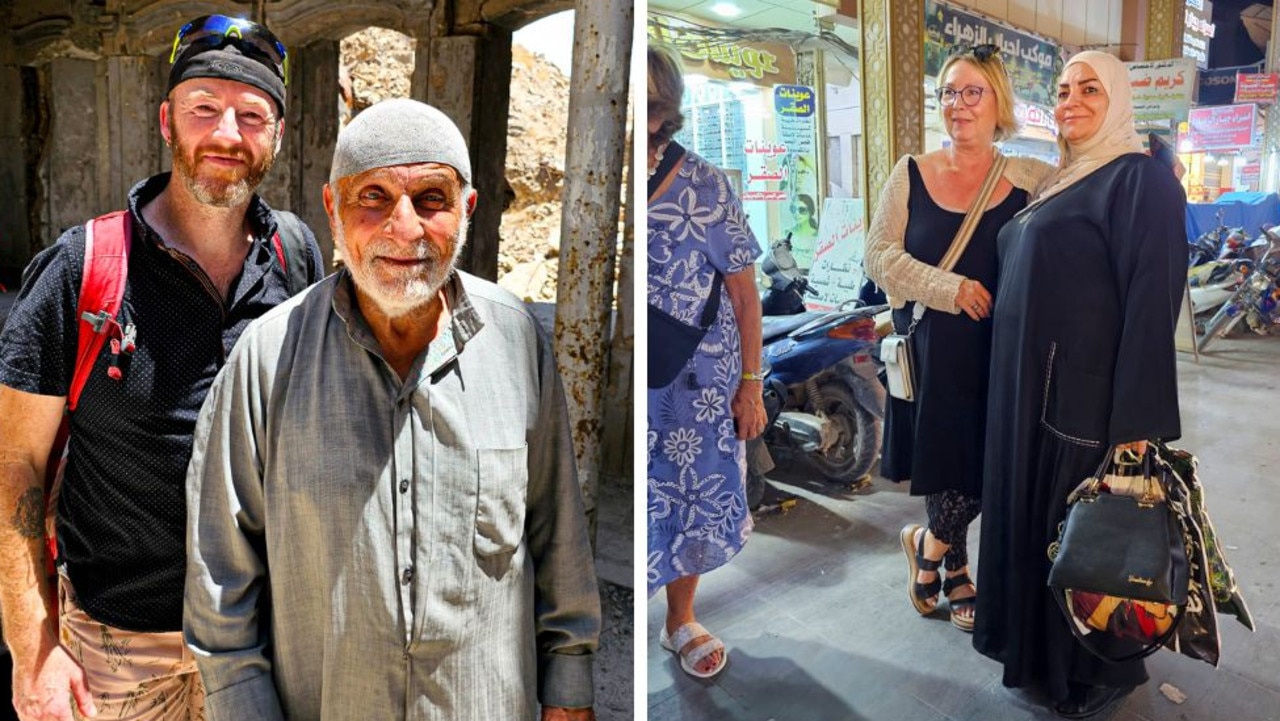Sudan’s pyramids, nearly as grand as Egypt’s, go unvisited
THIS country was home to numerous ancient civilisations, who built some incredible things. But very few people are visiting these amazing attractions.

THE small, steep pyramids rising up from the desert hills of northern Sudan resemble those in neighbouring Egypt, but unlike the famed pyramids of Giza, the Sudanese site is largely deserted.
The pyramids at Meroe, some 200 kilometres north of Sudan’s capital, Khartoum, are rarely visited despite being a UNESCO World Heritage site like those in Egypt. Sanctions against the government of longtime President Omar al-Bashir over Sudan’s long-running internal conflicts limit its access to foreign aid and donations, while also hampering tourism. The site, known as the Island of Meroe because an ancient, long-dried river ran around it, once served as the principle residence of the rulers of the Kush kingdom, known as the Black Pharaohs. Their pyramids, ranging from 6-30m tall, were built between 720 and 300 B.C. The entrances usually face east to greet the rising sun. The pyramids bear decorative elements inspired by Pharaonic Egypt, Greece and Rome, according to UNESCO, making them priceless relics. However, overeager archaeologists in the 19th century tore off the golden tips of some pyramids and reduced some to rubble, said Abdel-Rahman Omar, the head of the National Museum of Sudan in Khartoum. On a recent day, a few tourists and white camels roamed the site, watched by a handful of security guards. Sudan’s tourism industry has been devastated by economic sanctions imposed over the conflicts in Darfur and other regions. Al-Bashir’s government, which came to power following a bloodless Islamist coup in 1989, has struggled to care for its antiquities. Qatar has pledged $135 million to renovate and support Sudan’s antiquities in the last few years. But Omar said Sudan still receives just 15,000 tourists per year.



